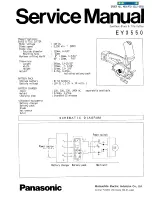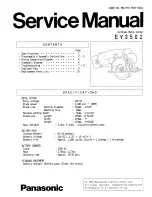
11
Figure 1. Foot Assembly.
Slide each Bottom Foot (#T) onto the lower
corners of 1. the Base (#V). Attach each one with
the bolts, nuts, and washers supplied. Tighten the
fasteners firmly.
Install the Circle Cutter.
Your tile cutter comes set up for making straight cuts. Whenever you wish to make circle cuts, you
must install the circle cutter. Remove the circle cutter when finished. 1. Raise the Handle (#H) and
slide the mechanism away from the circle cutter area towards the Buffer Sleeves (#L).
Figure 2. Hole Cutter Assembly
2. Remove the nut and washer from the Pressing
Plate (#E), be careful not to lose these parts.
3. Place the circle cutter mechanism onto the Tracks
(#M) with the Press Handle (#A) pointed to the right,
away from the Buffer Sleeve portion of the tool. Align
the drill point of the circle cutter with the center of the
hole in the Base.
4. Place the Pressing Plate (#E) under the tracks
and circle cutter assembly, with the threaded rod
inserted upward through the hole in the base of the
circle cutting assembly. Re-install the nut and washer
and tighten.
Install the try square.
Depending on the model you purchased, the try
square may install with the arm extension of the try
square either to the front of the tool, or to the rear.
Both versions work equally well. The measuring
scales on your tool also may be marked either in
millimeters or inches.
1. Position the try square (#U) with the molded-in
scale markings upward. Place the slotted arm of the
try square over the guide on the base of the tool.
Secure the try square in place with the Wing Nut (#Q) .
OPERATION
The basic cutting operation is accomplished by scoring the tile in the desired location, and
breaking it. This process is similar to scoring and cutting glass.
NOTE: It’s a good idea to make a few practice cuts on your tile before attempting to make finish
cuts.
Use a sturdy workbench, or else place the machine on the floor to increase your leverage.
Содержание RD-TC01
Страница 40: ...40 www raider bg ...












































